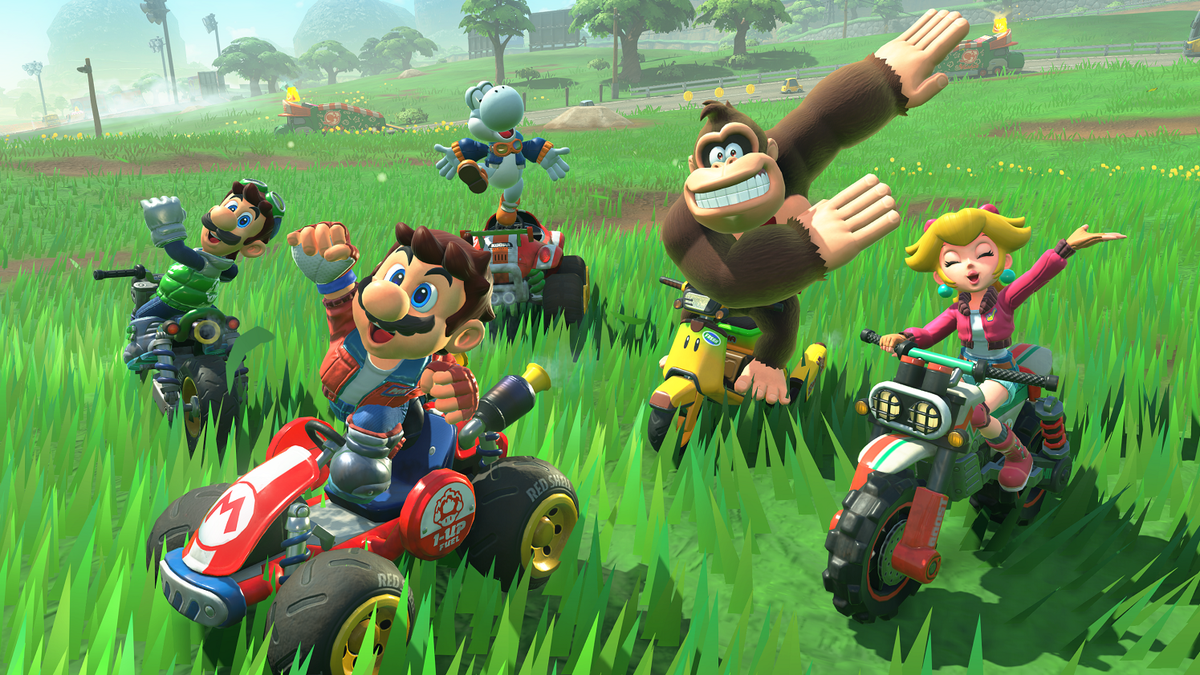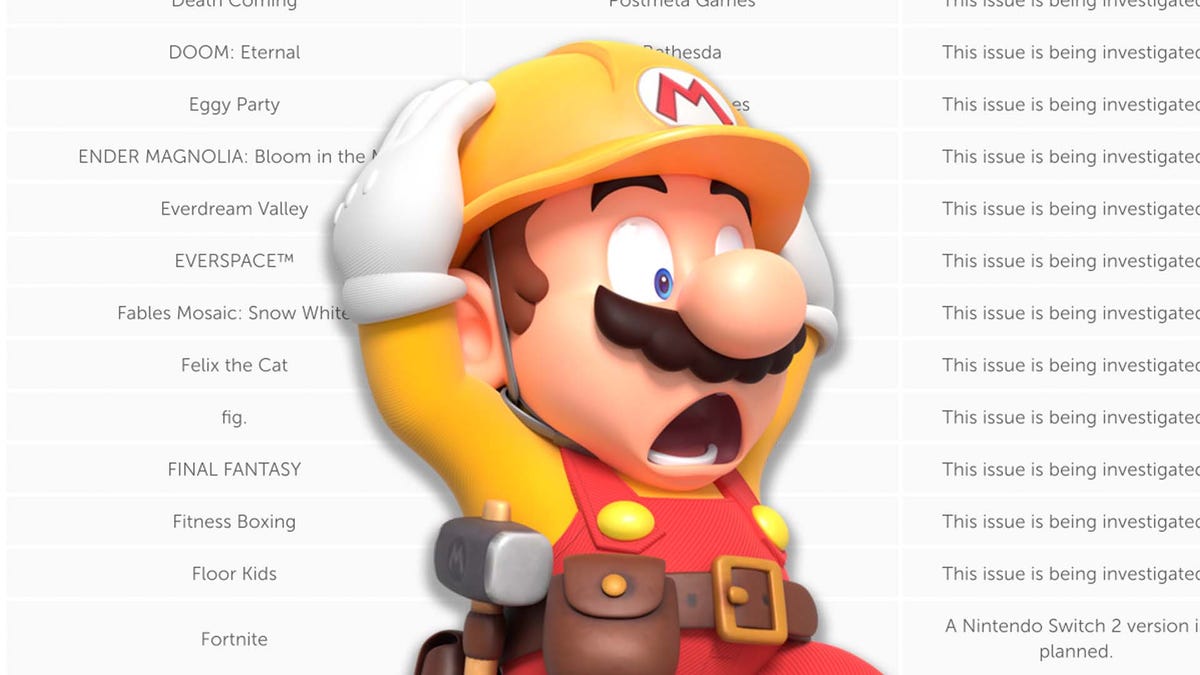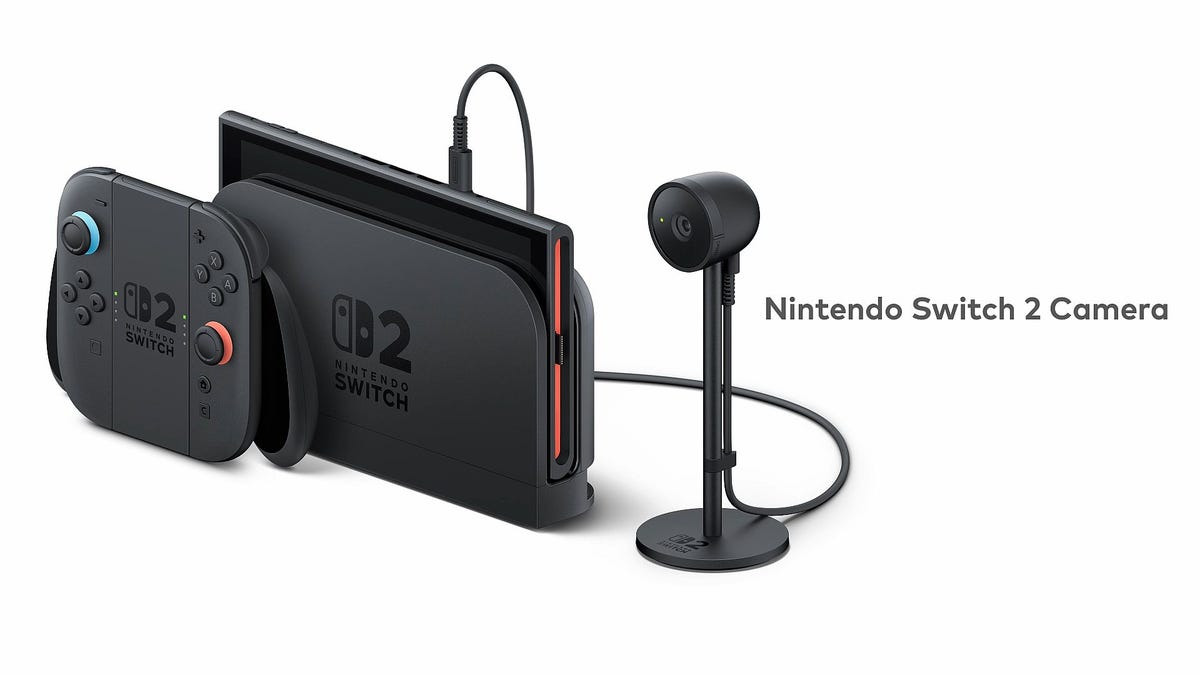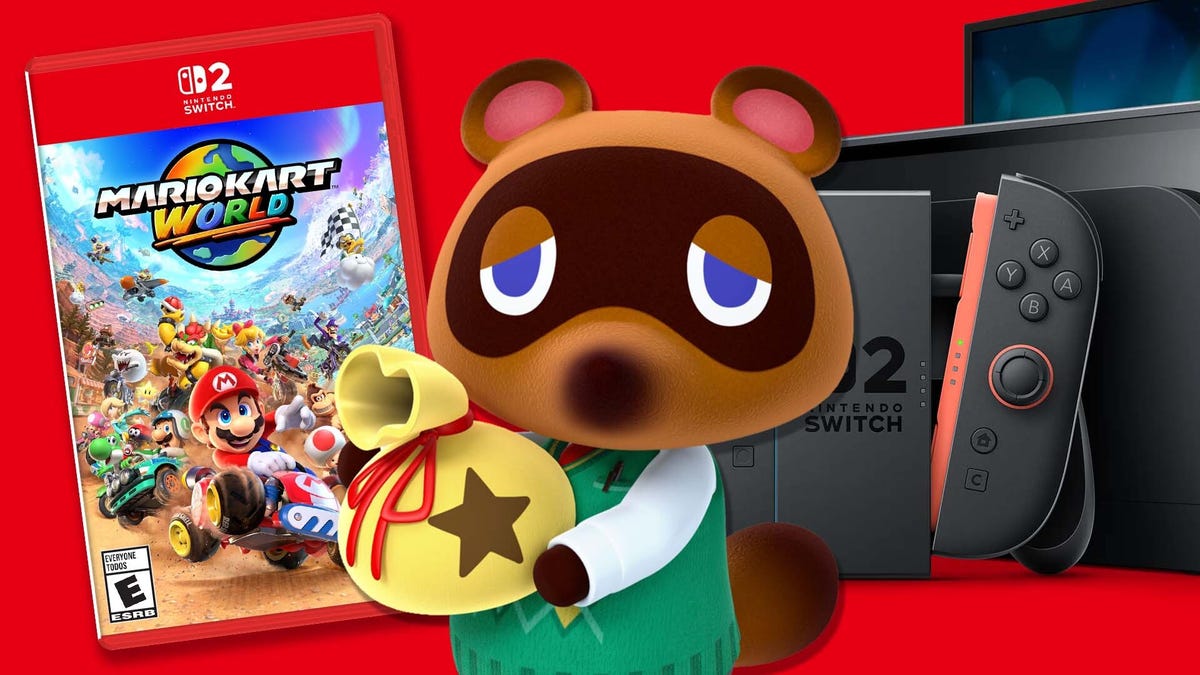Amazon’s new cinema plan is perfect… for the ‘80s
If you ever needed a definitive example of how money doesn’t necessarily buy you success or taste, take a look at Amazon’s studio arm. The mega-retailer’s production division, now known as Amazon-MGM, has been making movies for more than a decade. Very few of the entries in its lineup have been world-beaters, but that hasn’t deterred the outfit from persisting. The New York Times is today reporting that under its new head, Courtney Valenti, Amazon’s movie division has plans to own the in-person cinema experience. Amazon is apparently gearing up to release “up to 14 big, broad commercial films a year to theaters nationwide and around the world.” Each film would spend 45 days in the theaters before heading to pay-per-view and then to Prime Video at some point after. The move comes in the face of shrinking box office receipts and fewer people heading to the cinema in general. Not to mention it’s also planning to produce an equal number of films that’ll go direct to Prime, which seems counter-intuitive given the desire to push people toward theaters. That doesn’t recognize the shift in viewing habits, especially among younger people, who’d much rather sit and watch YouTube for hours at a time. Or that the box office took a hit because of COVID-19 that it never really bounced back from. Or that a lot of people would rather wait for a film to become available “for free” on a service they already pay for. It also doesn’t take into account the fact cinemas are becoming increasingly unaffordable, and not that nice a place to sit for multiple hours. Last year, the cinema industry said it would spend $2.2 billion renovating their facilities to lure wary customers back. The planned additions included renovations for chairs and carpets, as well as the construction of ziplines and pickleball courts. Nowhere on the list was mentioned “make cinema tickets cheaper” or “don’t make viewers sit through half an hour of TV adverts before the trailers.” At the risk of sounding obvious, that’s one hell of a lot of material for one company to put out in a year. Especially when so many competitors with better track records are putting out far fewer films and seeing success. On paper, 14 movies a year feels like the sort of strategy you could last get away with in the 1980s. After all, people had fewer options, cinemas were busier and studios could rely on the triple-whammy of the box office, rental and VHS markets. It doesn’t help Amazon isn’t pledging to make quality movies, just lots of them, which suggests a mindset that doesn’t value scarcity. After all, there are many instances of things made and sold in small, limited quantities that garner far more attention than something mass-produced. Think about how hard it is for one of those latter-day Marvel movies to stick in the consciousness when you know there’ll be another one along in a month or two. It calls to mind Amazon’s battles with the Broccolis, until recently the custodians of the James Bond franchise. Let’s not overthink this, they are just silly spy movies — but ones made with a level of craft and attention rarely seen in the modern era. The fact there can be a multi year gap between entries in the series means each film gets far more attention. That was in conflict with Amazon’s apparent desire to use the Bond name to push out a thousand different streaming series, game shows and movies on a regular basis. And, at the risk of sounding uncharitable, it’s not as if Amazon’s movie slate has been a hit parade thus far. Many of the studios’ buzzier hits were picked up at film festivals rather than coming from inside, while its homegrown fare has floundered. That’s not to say its rivals are doing any better on this front — just read the reviews of The Electric State to show you how badly Netflix is throwing mad money at C+-tier projects. I often wonder if people look at the success of Disney’s big Marvel tentpoles and assume that it’s easy to replicate. A film like Avengers: Endgame was the payoff to a decade-long plan built from the ground-up on the backs of less successful films. Across 2024, Disney put 15 films into cinemas, but even a mega-behemoth like Disney does it across its seven or eight different divisions. In terms of attractive pitches, 14 films a year from the people who spent more than $200 million on Red One isn’t particularly compelling. Amazon’s going to have to give people a reason to get out to the theaters, but that’s going to be a challenge if the emphasis is on putting more raw material into the pipeline rather than making anything halfway considered or compelling.This article originally appeared on Engadget at https://www.engadget.com/entertainment/amazons-new-cinema-plan-is-perfect-for-the-80s-150653674.html?src=rss

If you ever needed a definitive example of how money doesn’t necessarily buy you success or taste, take a look at Amazon’s studio arm. The mega-retailer’s production division, now known as Amazon-MGM, has been making movies for more than a decade. Very few of the entries in its lineup have been world-beaters, but that hasn’t deterred the outfit from persisting. The New York Times is today reporting that under its new head, Courtney Valenti, Amazon’s movie division has plans to own the in-person cinema experience.
Amazon is apparently gearing up to release “up to 14 big, broad commercial films a year to theaters nationwide and around the world.” Each film would spend 45 days in the theaters before heading to pay-per-view and then to Prime Video at some point after. The move comes in the face of shrinking box office receipts and fewer people heading to the cinema in general. Not to mention it’s also planning to produce an equal number of films that’ll go direct to Prime, which seems counter-intuitive given the desire to push people toward theaters.
That doesn’t recognize the shift in viewing habits, especially among younger people, who’d much rather sit and watch YouTube for hours at a time. Or that the box office took a hit because of COVID-19 that it never really bounced back from. Or that a lot of people would rather wait for a film to become available “for free” on a service they already pay for.
It also doesn’t take into account the fact cinemas are becoming increasingly unaffordable, and not that nice a place to sit for multiple hours. Last year, the cinema industry said it would spend $2.2 billion renovating their facilities to lure wary customers back. The planned additions included renovations for chairs and carpets, as well as the construction of ziplines and pickleball courts. Nowhere on the list was mentioned “make cinema tickets cheaper” or “don’t make viewers sit through half an hour of TV adverts before the trailers.”
At the risk of sounding obvious, that’s one hell of a lot of material for one company to put out in a year. Especially when so many competitors with better track records are putting out far fewer films and seeing success. On paper, 14 movies a year feels like the sort of strategy you could last get away with in the 1980s. After all, people had fewer options, cinemas were busier and studios could rely on the triple-whammy of the box office, rental and VHS markets.
It doesn’t help Amazon isn’t pledging to make quality movies, just lots of them, which suggests a mindset that doesn’t value scarcity. After all, there are many instances of things made and sold in small, limited quantities that garner far more attention than something mass-produced. Think about how hard it is for one of those latter-day Marvel movies to stick in the consciousness when you know there’ll be another one along in a month or two.
It calls to mind Amazon’s battles with the Broccolis, until recently the custodians of the James Bond franchise. Let’s not overthink this, they are just silly spy movies — but ones made with a level of craft and attention rarely seen in the modern era. The fact there can be a multi year gap between entries in the series means each film gets far more attention. That was in conflict with Amazon’s apparent desire to use the Bond name to push out a thousand different streaming series, game shows and movies on a regular basis.
And, at the risk of sounding uncharitable, it’s not as if Amazon’s movie slate has been a hit parade thus far. Many of the studios’ buzzier hits were picked up at film festivals rather than coming from inside, while its homegrown fare has floundered. That’s not to say its rivals are doing any better on this front — just read the reviews of The Electric State to show you how badly Netflix is throwing mad money at C+-tier projects.
I often wonder if people look at the success of Disney’s big Marvel tentpoles and assume that it’s easy to replicate. A film like Avengers: Endgame was the payoff to a decade-long plan built from the ground-up on the backs of less successful films. Across 2024, Disney put 15 films into cinemas, but even a mega-behemoth like Disney does it across its seven or eight different divisions.
In terms of attractive pitches, 14 films a year from the people who spent more than $200 million on Red One isn’t particularly compelling. Amazon’s going to have to give people a reason to get out to the theaters, but that’s going to be a challenge if the emphasis is on putting more raw material into the pipeline rather than making anything halfway considered or compelling.This article originally appeared on Engadget at https://www.engadget.com/entertainment/amazons-new-cinema-plan-is-perfect-for-the-80s-150653674.html?src=rss




















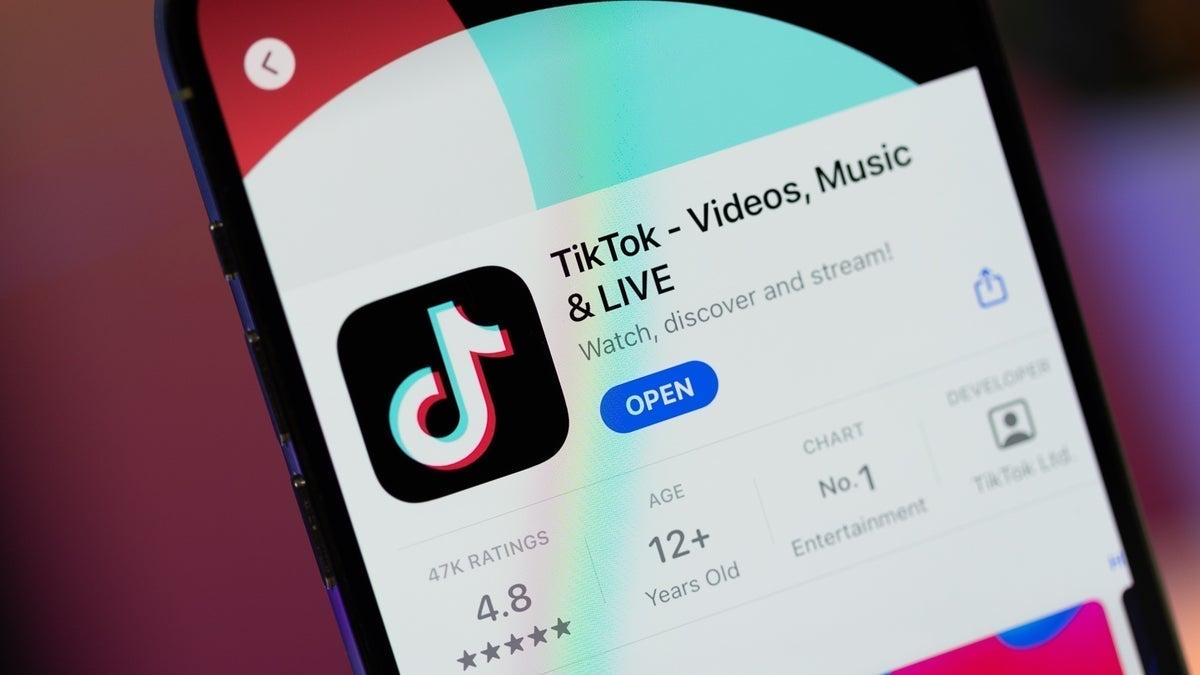
![Some T-Mobile customers can track real-time location of other users and random kids without permission [UPDATED]](https://m-cdn.phonearena.com/images/article/169135-two/Some-T-Mobile-customers-can-track-real-time-location-of-other-users-and-random-kids-without-permission-UPDATED.jpg?#)
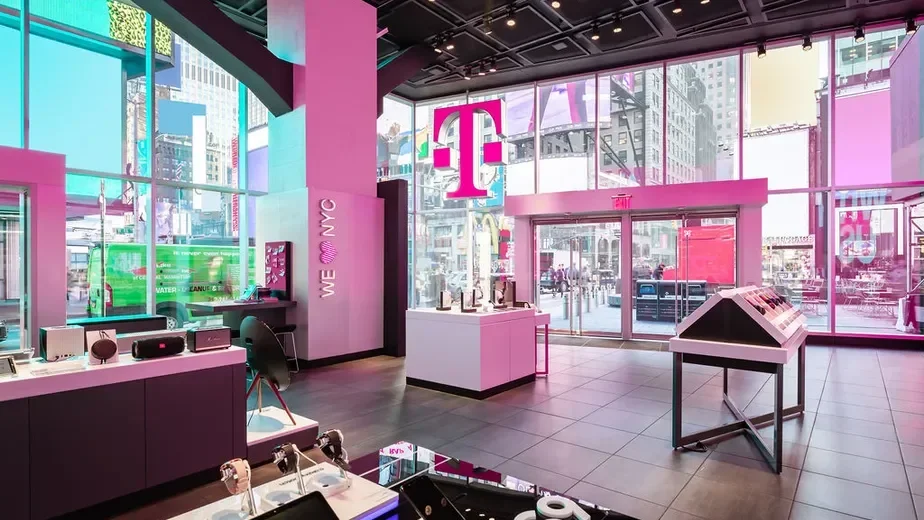


























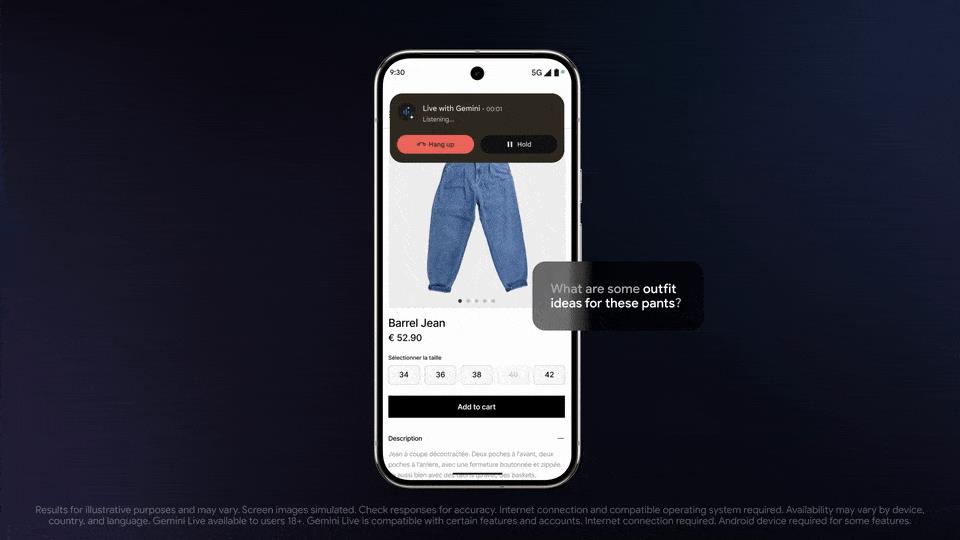
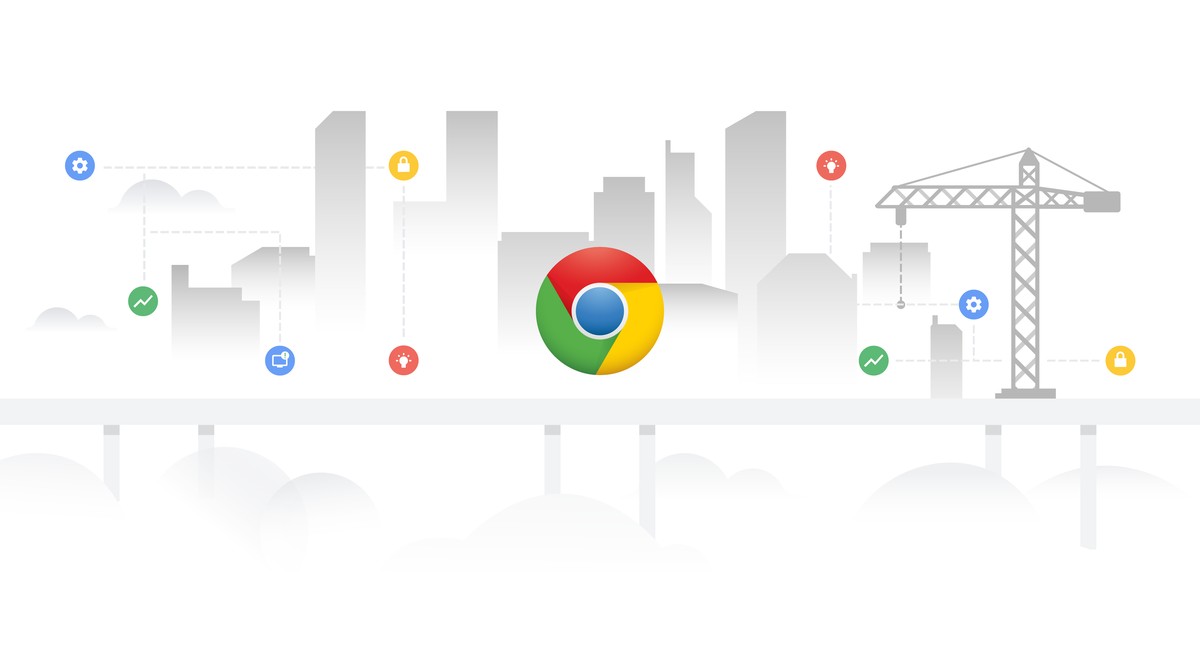

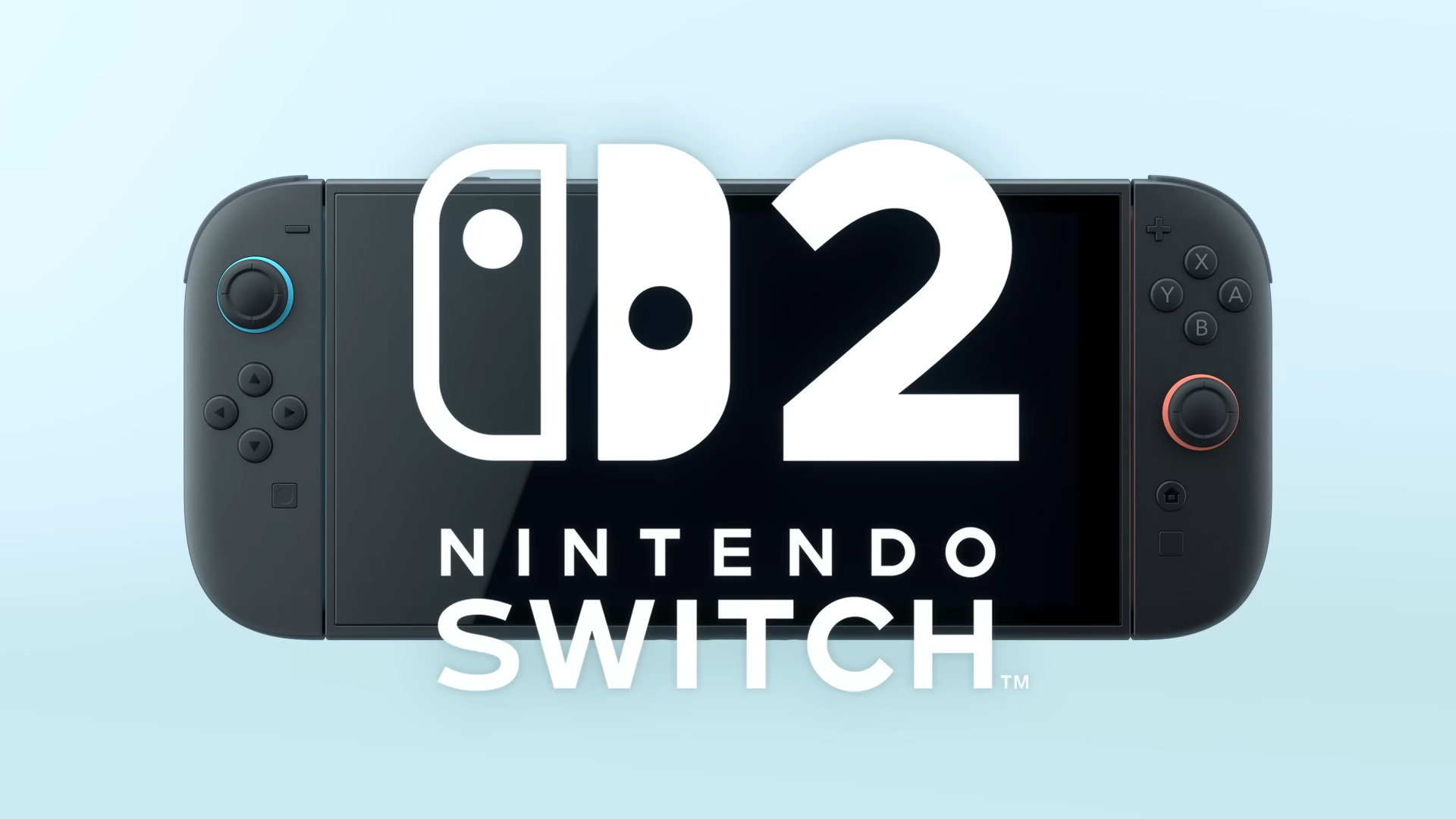















![Apple Releases macOS Sequoia 15.5 Beta to Developers [Download]](https://www.iclarified.com/images/news/96915/96915/96915-640.jpg)
![Amazon Makes Last-Minute Bid for TikTok [Report]](https://www.iclarified.com/images/news/96917/96917/96917-640.jpg)
![Apple Releases iOS 18.5 Beta and iPadOS 18.5 Beta [Download]](https://www.iclarified.com/images/news/96907/96907/96907-640.jpg)
![Apple Seeds watchOS 11.5 to Developers [Download]](https://www.iclarified.com/images/news/96909/96909/96909-640.jpg)



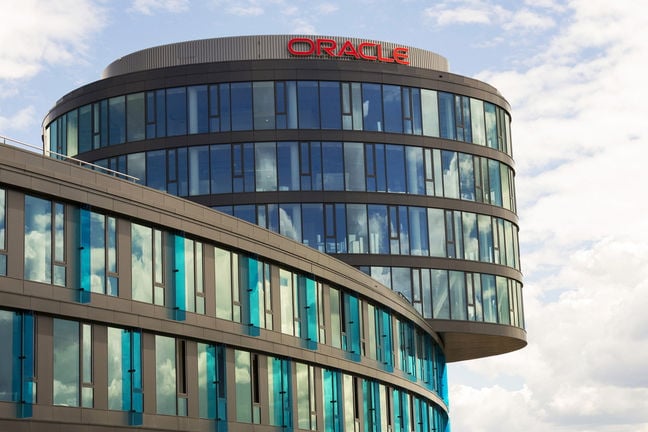

















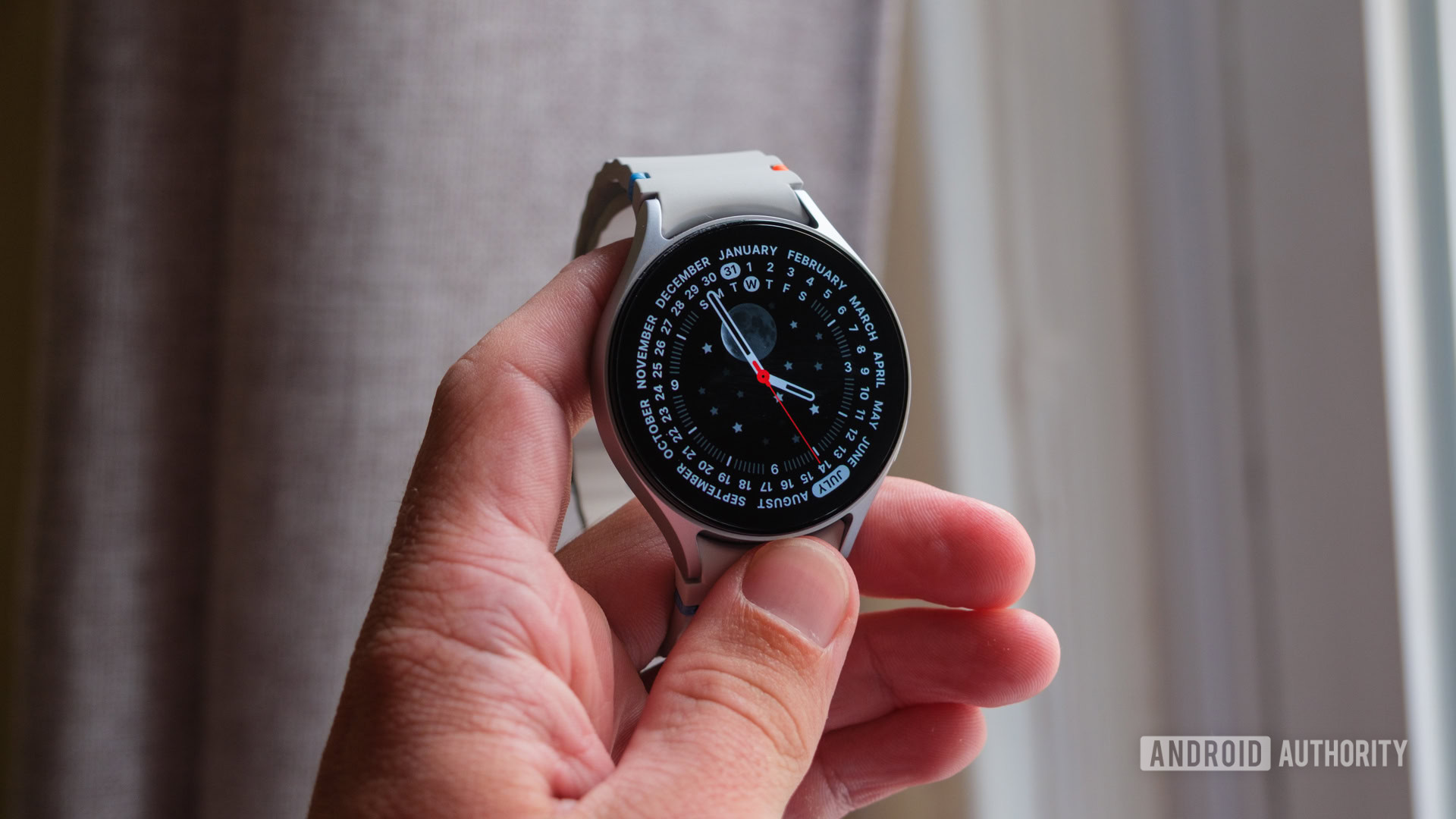

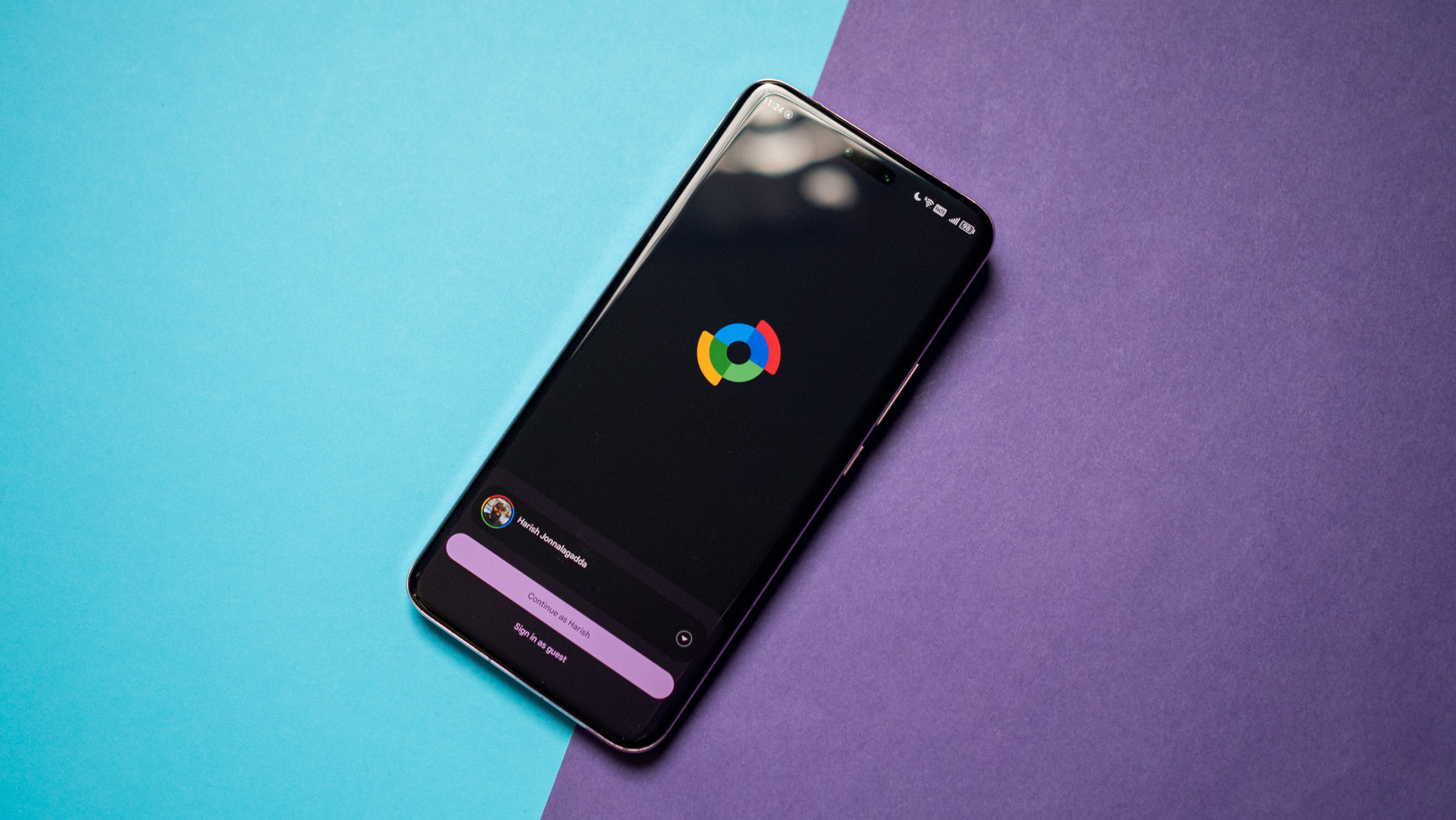




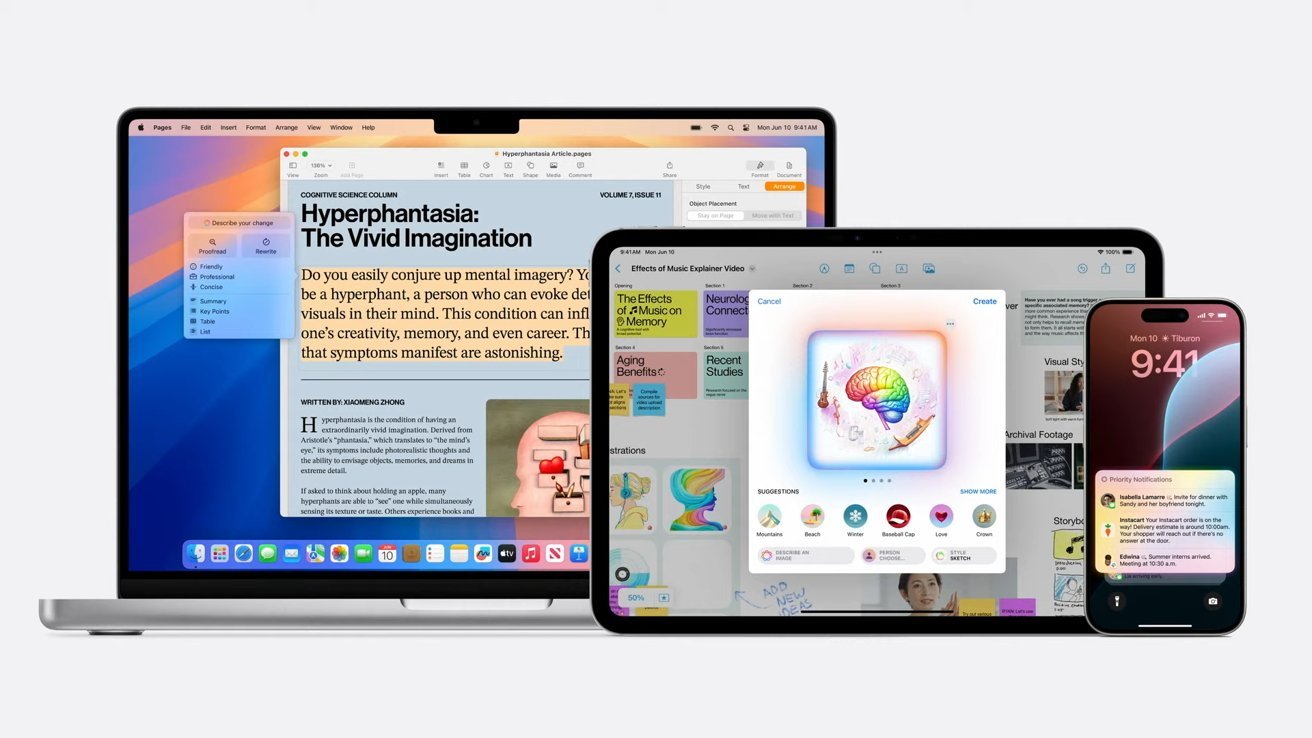


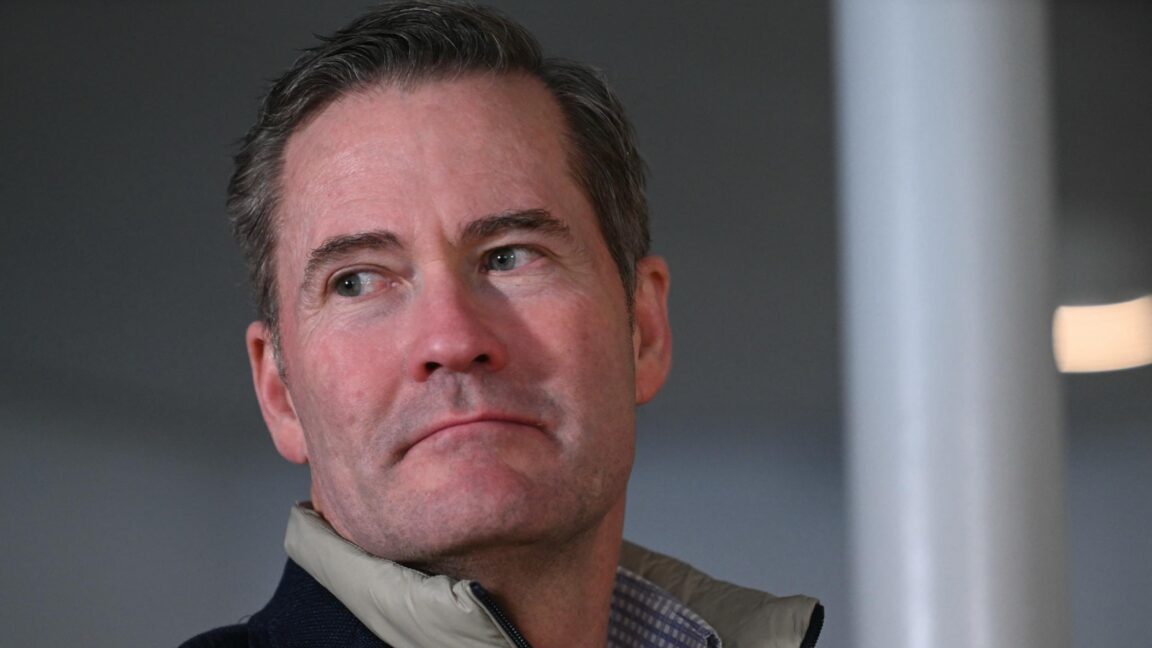
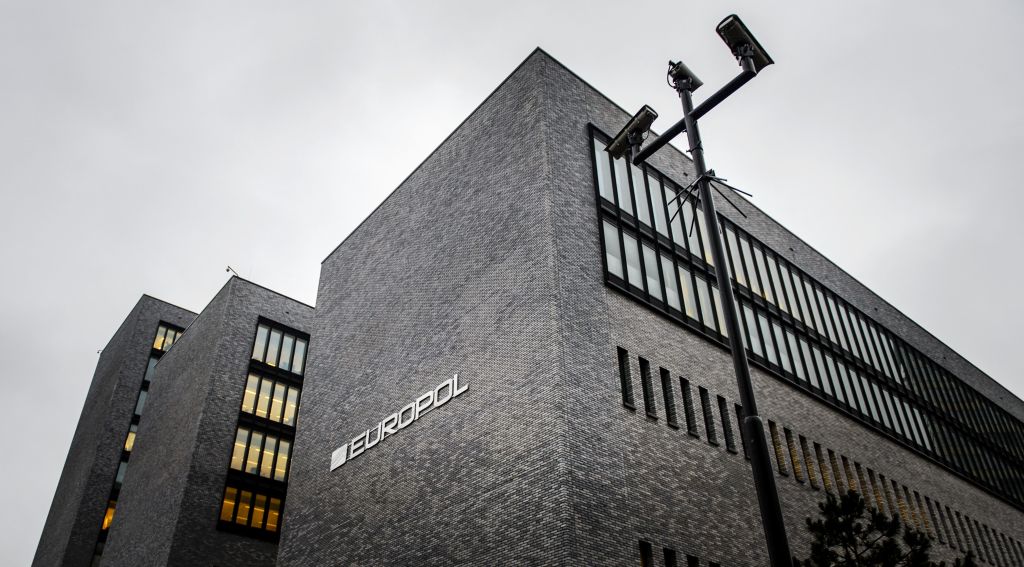

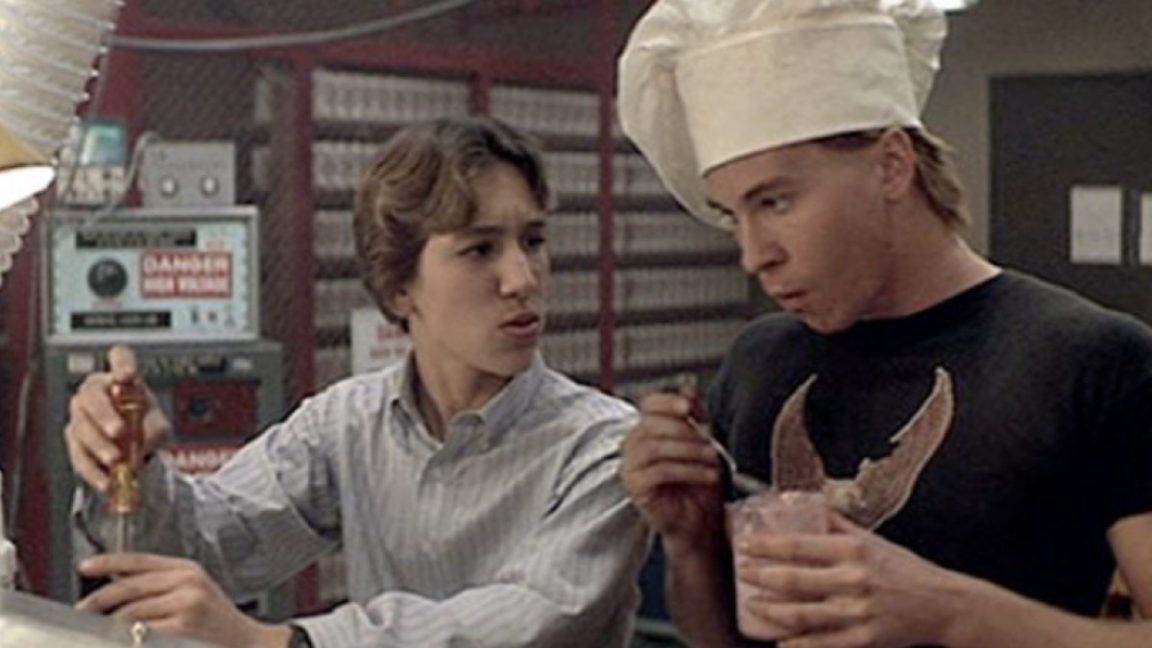
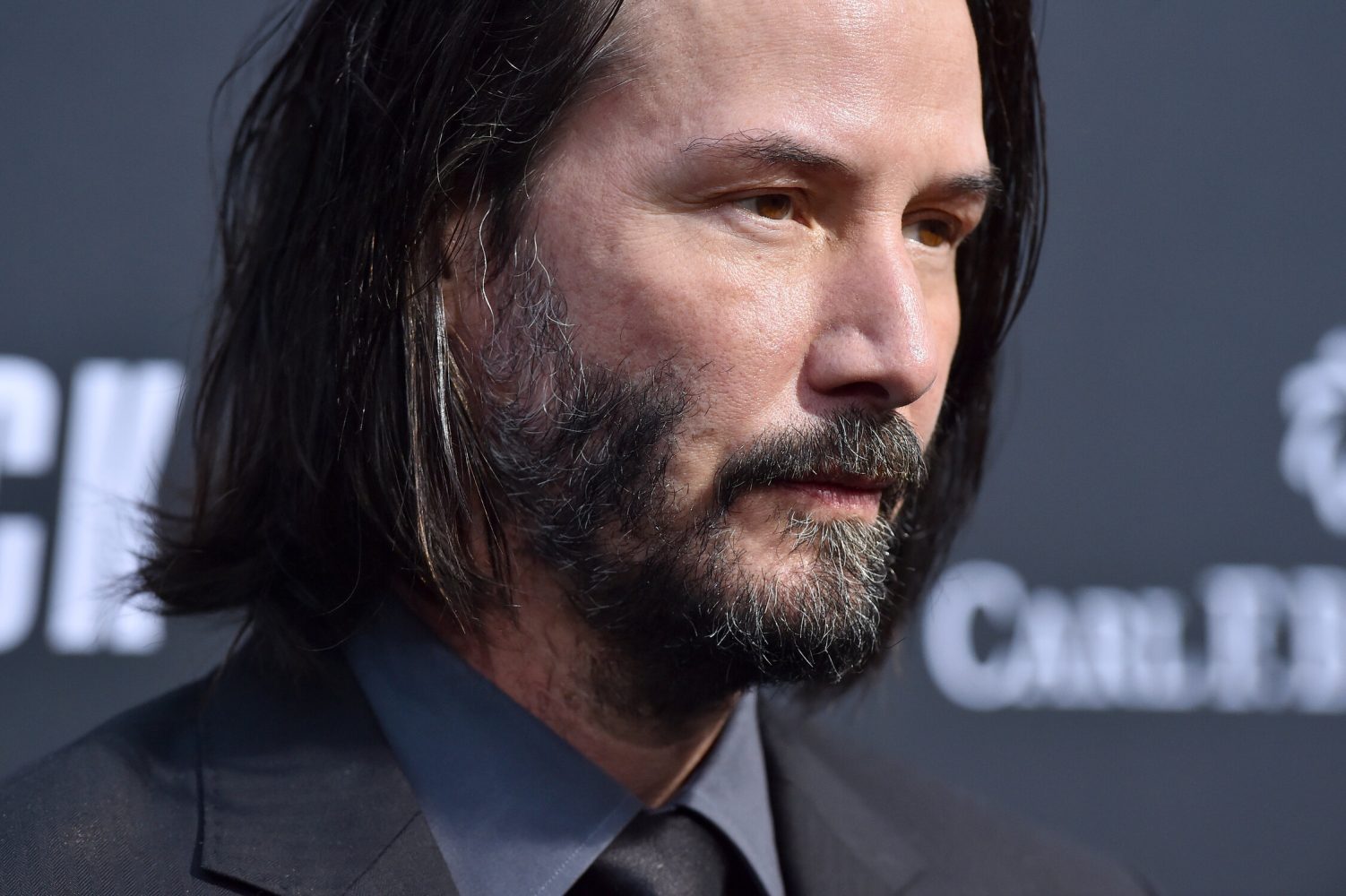

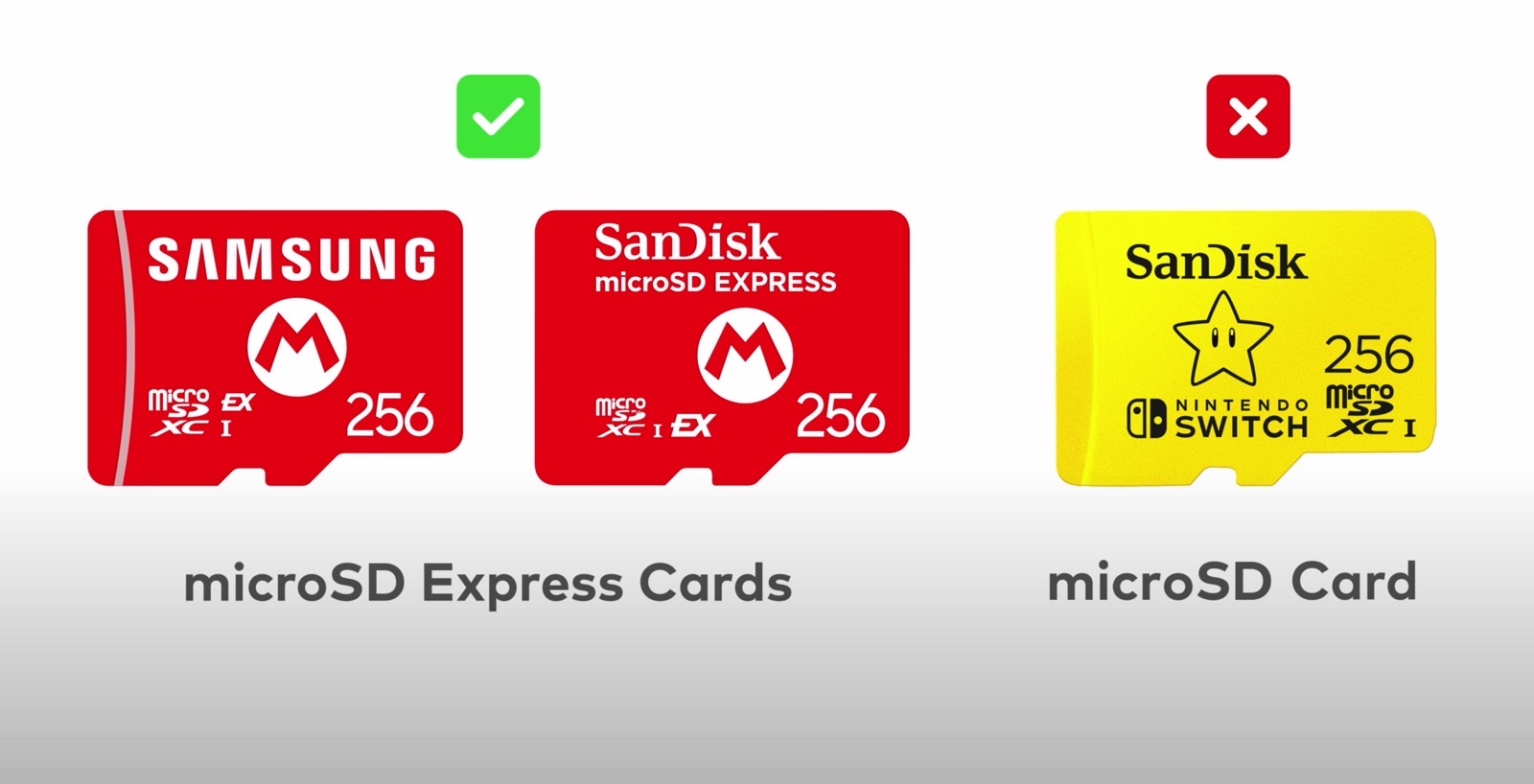

































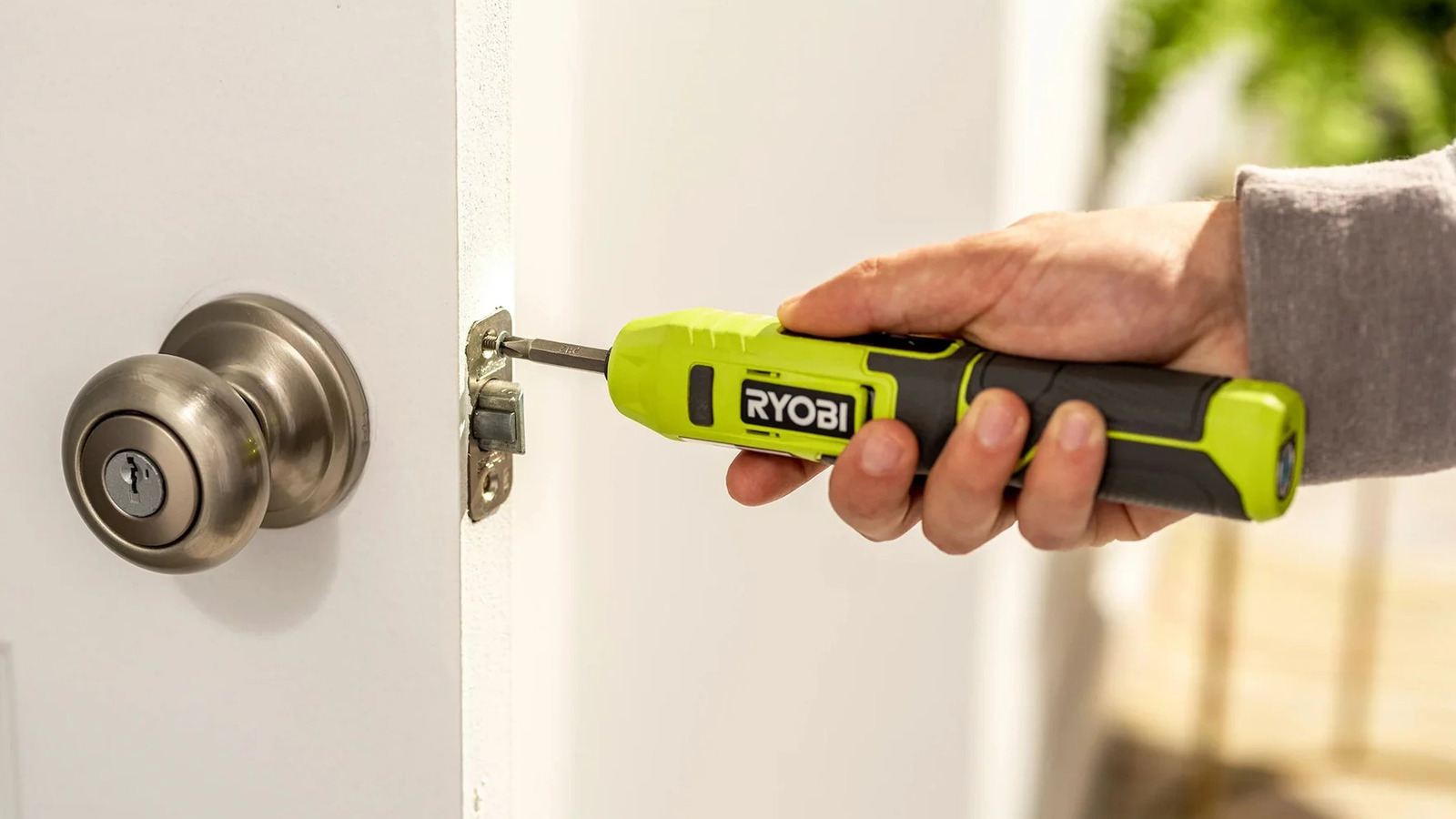















































































































![[The AI Show Episode 142]: ChatGPT’s New Image Generator, Studio Ghibli Craze and Backlash, Gemini 2.5, OpenAI Academy, 4o Updates, Vibe Marketing & xAI Acquires X](https://www.marketingaiinstitute.com/hubfs/ep%20142%20cover.png)















































































































![Is this a suitable approach to architect a flutter app? [closed]](https://i.sstatic.net/4hMHGb1L.png)




































































